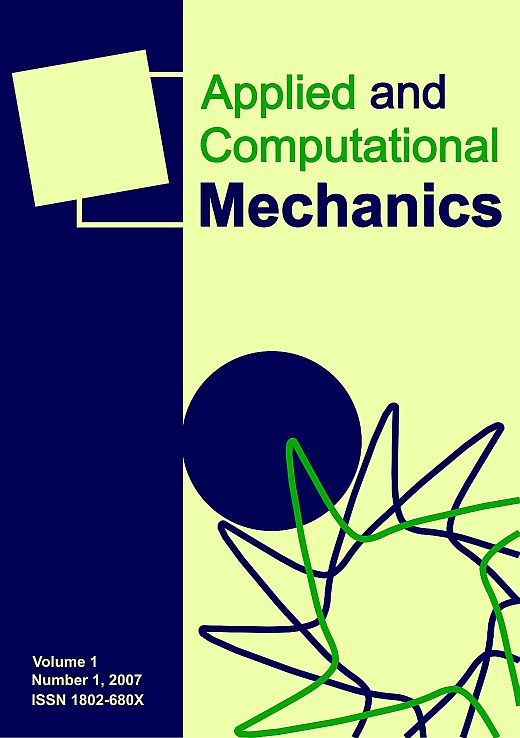Reduction of lateral forces between the railway vehicle and the track in small-radius curves by means of active elements
Keywords:
active yaw dampers, quasistatic guiding forces, electric locomotive, simulationsAbstract
This paper deals with a possibility of reduction of guiding forces magnitude in small-radius curves by means of active elements. These guiding forces characterize the lateral force interaction between the rail vehicle and the track and influence the wear of wheels and rails in curves. Their magnitudes are assessed in the framework of vehicle authorization process. However, in case of new railway vehicles with axleload of approximately 20 t and more it is problematic to meet the condition of maximum value of the quasistatic guiding force which acts on the outer wheel of the 1st wheelset in small-radius curves. One of the possible ways how to reduce these forces is using the system of active yaw dampers. By means of computer simulations of guiding behaviour of a new electric locomotive, comparison of reached values of the quasistatic guiding forces in case of locomotive equipped with active yaw dampers and without them was performed. Influences of magnitude of force generated by the active yaw dampers, friction coefficient in wheel/rail contact and curve radius were analysed in this work, as well.Downloads
Published
30-Dec-2011
Issue
Section
Articles
License
Copyright (c) 2016 Applied and Computational Mechanics

This work is licensed under a Creative Commons Attribution 4.0 International License.
How to Cite
[1]
T. Michálek and J. Zelenka, “Reduction of lateral forces between the railway vehicle and the track in small-radius curves by means of active elements”, APPL COMPUT MECH, vol. 5, no. 2, Dec. 2011, Accessed: Dec. 25, 2025. [Online]. Available: https://acm.kme.zcu.cz//article/view/162







